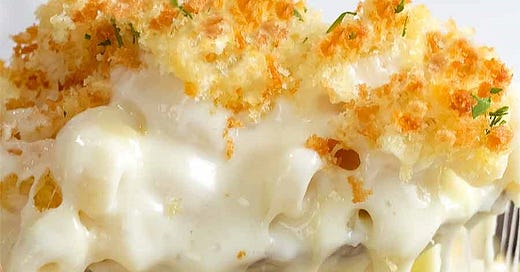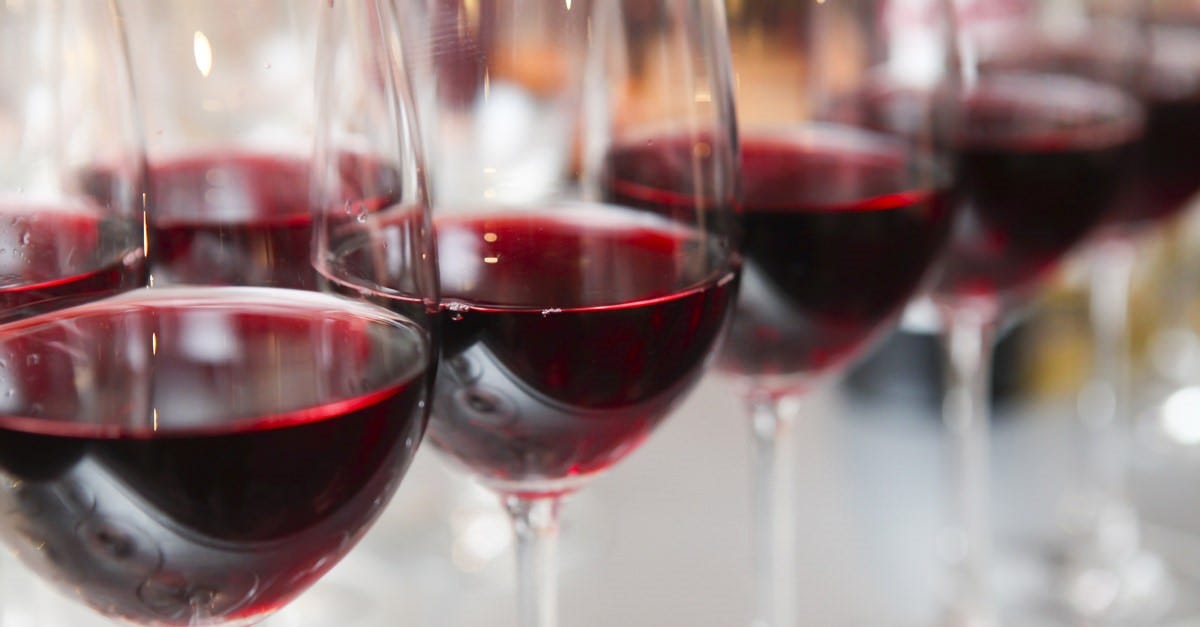June 2000 culture shock. No more restaurants to run and back in New York after a year in Manila and Singapore.
Instead of cold turkey, I decided I need a bit more of the hospitality world, and accepted an invitation to an important wine tasting of worldwide cabernet sauvignons with some industry giants.
In an instant inside the tasting room I was back to my previous reality.
“Crushed ants!”
That’s what the famous Australian wine-maker across the table from me howled. His face lit up as he sucked in the wine from the brown-bagged bottle number 2. I had mind-popping recollections of Amazonian indigenous peoples closing the jaws of cutter ants like a surgeon’s clamp onto any surface wounds and, as the two sides of the cut start to close, crushing the ants against the wound to let those powerful juices coagulate the blood. It did taste a bit like chewing black ants and sucking on wounds.
Wine-maker of the Year 2000 frowned a reply.
“Fallen leaves!”
“More like the heel of an expensive rubber bo…




